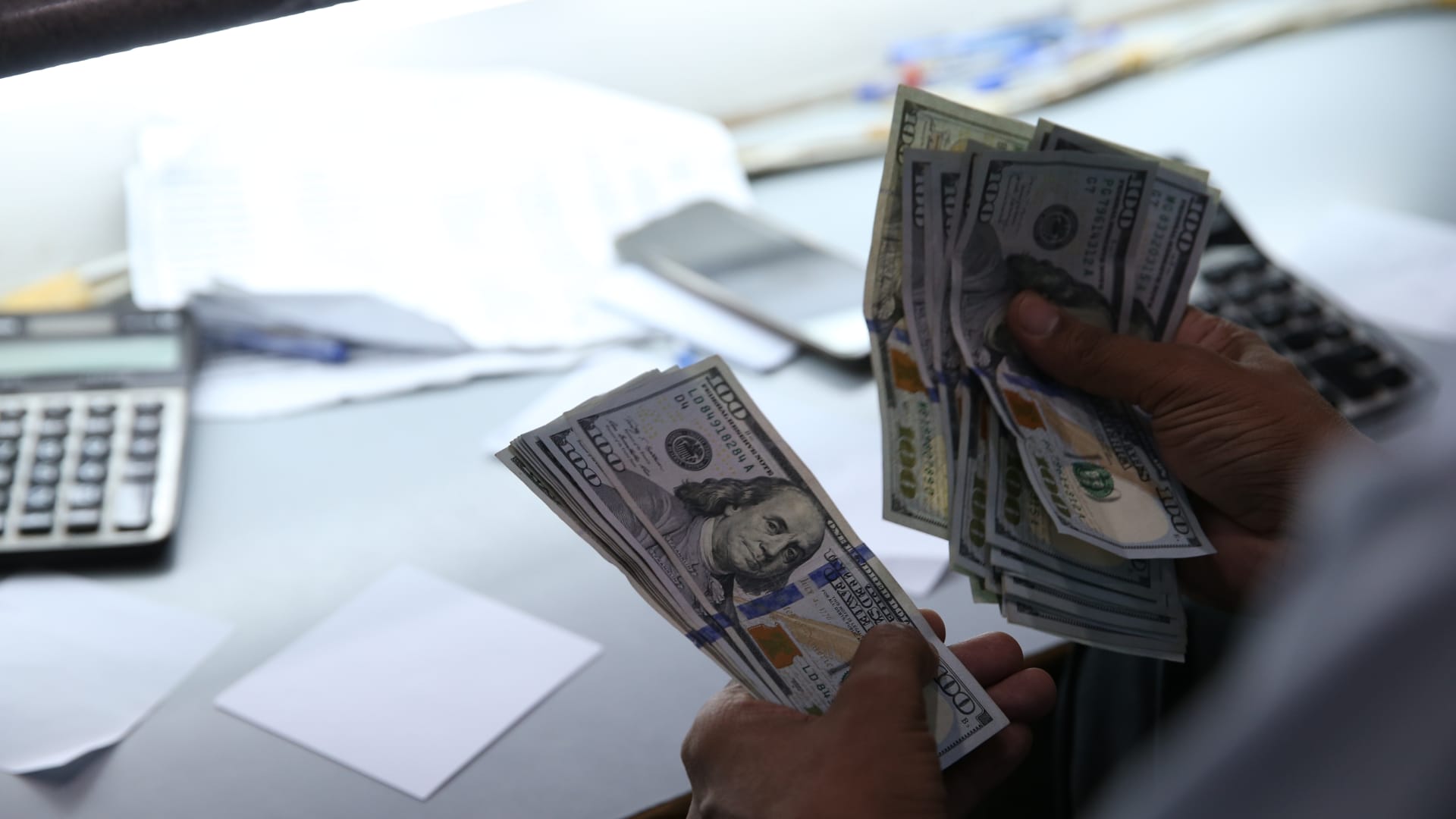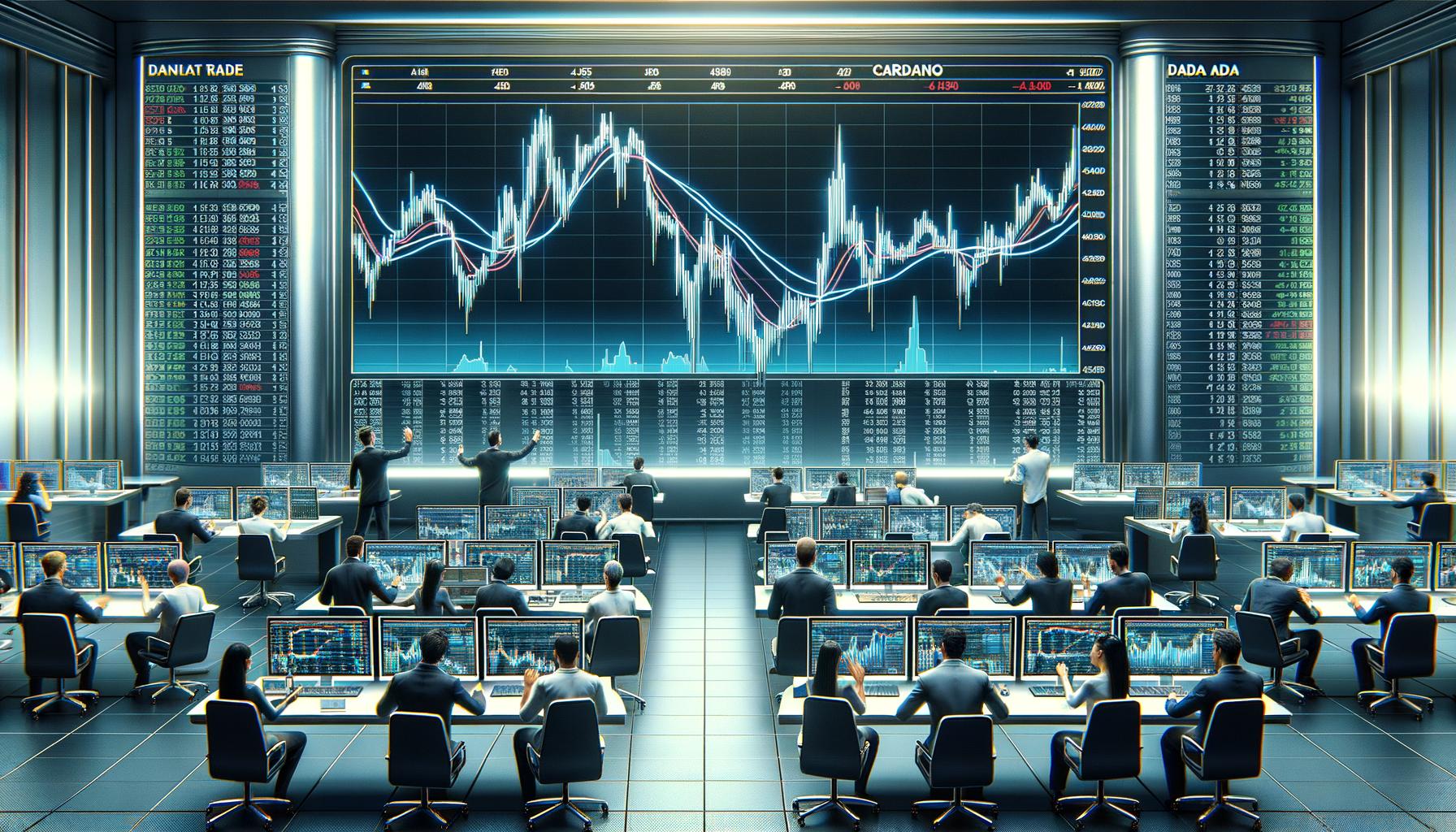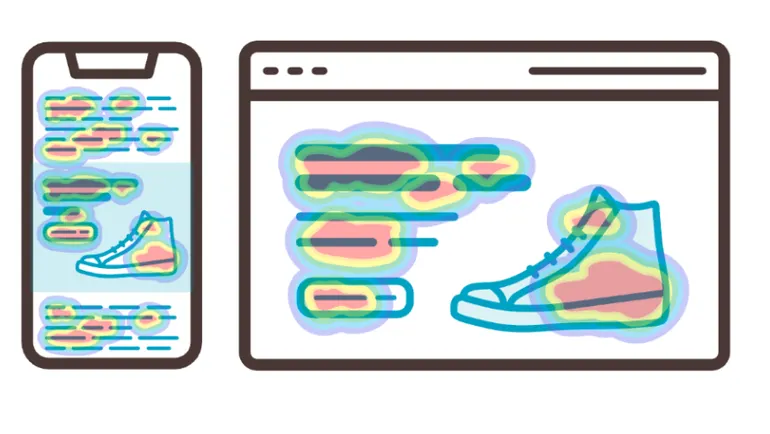Ron Insana: Fed rate hikes pose a threat of 'breaking' currency markets
As the dollar hits 20-year highs against key foreign currencies, the historic specter of foreign exchange market crises looms large.

A man exchanges US dollar bills at exchange office.
Muhammed Semih Ugurlu | Anadolu Agency | Getty Images
As the dollar hits 20-year highs against a wide number of key foreign currencies, the historic specter of foreign exchange market crises looms large.
While now largely forgotten by all but those of us who covered the event, a surging U.S. dollar in 1985, entering the way-back machine now, forced the then G-5 industrialized nations to intervene in currency market and weaken the dollar substantially.
At a September meeting in Manhattan the G-5 announced the "Plaza Accord" (crafted at New York's iconic Plaza Hotel) and took coordinated steps to weaken the greenback, selling dollars on the open market while the U.S. cut interest rates to reverse the dollar's meteoric rise.
The goal was multi-fold — to take strains off a then-rigid foreign exchange trading system, in which many global currencies were pegged to the dollar, to make U.S. goods less expensive on overseas markets amid rising U.S. trade deficits and further coordinate global interest rate polices to synchronize world economic cycles.
Similarly, in late 1994, 1997 and 1998, a surging dollar caused a great deal of upset not only in foreign exchange markets but also in the global economy, as well.
In short, though it was a much more complicated event on the Mexican side of the border, as the Fed tightened policy in 1994 to cool the U.S. economy, the Mexican peso crashed against its lower peg versus the dollar, forcing Mexico to abandon the linkage, sending the peso into freefall that year.
Once the link was broken, Mexico faced massive inflationary risks, as the peso plunged against the dollar. The U.S. actually lent Mexico $50 billion, in cash, to right its economic ship, as inflation surged to 52% south of the border.

It was one of the precipitants that forced the Federal Reserve to stop raising rates in what was then the worst year for U.S. bond markets in decades.
Again, in 1997, the Asian Currency Crisis and, in 1998, the Russian Debt Default (and associated collapse of the hedge fund Long-Term Capital Management) forced the Fed either to delay raising rates or cut them in '98 in the wake of systemic financial risks caused by the latter event.
In both cases, global currencies were in turmoil, markets melted down and the Fed was either forced to forestall planned rate hikes, or abruptly cut them, to reduce the rising risk of overseas economic contagion that could have toppled the U.S. economy as emerging markets collapsed.
We may well be approaching another similar pain point today which the Fed's aggressive interest rate increases cause further strains in foreign exchange markets which, in turn, could lead to both heightened global market and economic risks.
As of today, the British pound is at its lowest level against the dollar since 1985. The euro sells for less than $1 on foreign exchange markets while weakness in the Japanese yen, at a 24-year low against the greenback, prompted the Bank of Japan to intervene to support for its currency for the first time since 1998.
Emerging market currencies are under similar pressure, threatening a currency crisis that could, once again, disrupt global financial markets, already in a worldwide downtrend, and force the Fed to change policy.
As it fights inflation at home, by raising interest rates and tightening credit conditions at the fastest pace in decades, the Fed is exporting inflation to other nations and making U.S. goods more expensive in overseas export markets.
Further, a stronger dollar cuts into the repatriated profits of U.S. multi-national corporations, putting corporate earnings at even greater risk in an already weakening U.S. and global economy.
In any policy endeavor, there are risks and rewards, coupled with both acceptable, and unacceptable, trade-offs.
We're reaching the unacceptable point now.
Witness the accelerating surge in global interest rates, the extremely rapid appreciation of the dollar and the parallel plunge in global equities.
I have long maintained that the Fed will raise rates until something breaks. You're hearing the sound of breaking markets today.

 JimMin
JimMin 
































